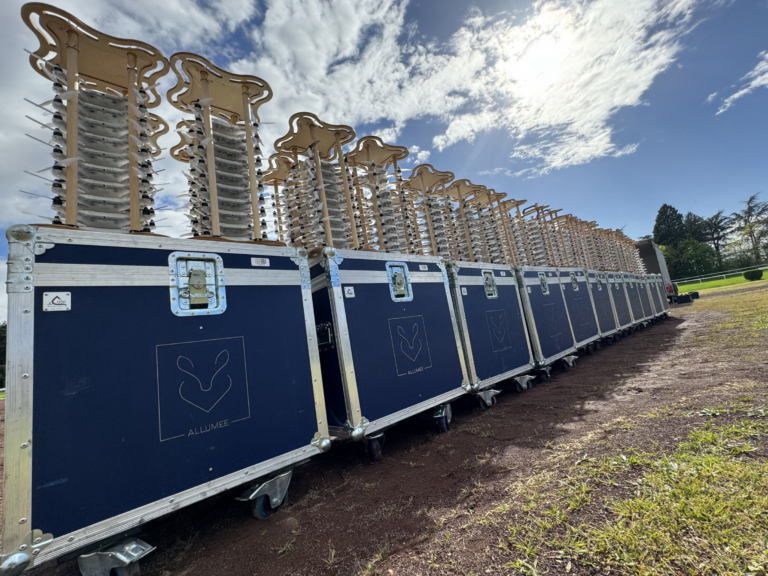What are the different parts of a drone?
Performance drones have revolutionized the way we experience artistic performances and outdoor events. These small flying machines, equipped with LED lights and cutting-edge technology, create large-scale visual spectacles.
To understand how these aircraft work, let's take a look at their different parts. Here is a structured guide to key components of a show drone.
The structure and the chassis
The structure, or chassis, is the skeleton of the drone. Therefore, it supports all other components and must be both lightweight and robust to ensure optimal performance.
Regarding the materials used, here are the two main ones:
- Carbon : Lightweight and durable, it is often used for high-performance drones.
- Reinforced plastic : Cheaper, but durable enough for standard show drones.
The engine and propellers
Show drones generally use brushless electric motors (brushless). These motors are more efficient, durable and offer better performance than brushed motors.
THE propellers are responsible for the drone's lift and maneuverability. They are often made of plastic or carbon fiber for reduced weight and greater durability.
The flight control system
THE flight controller is in some ways the brain of the drone. Thus, it receives information from various sensors and adjusts the motors to maintain the desired stability and direction during shows.
At the sensor level:
- Gyroscopes and accelerometers allowing the drone's movements to be measured while helping to maintain its stability.
- GPS : Used for precise navigation and to execute complex pre-programmed movements.
The battery
Show drones mainly use LiPo (Lithium-Polymer) batteries for their high energy density and their lightness.
Additionally, battery life depends on several factors, including the weight of the drone, flight conditions, and the intensity of the LED lights.
The LED lighting system
Regarding the type of light, the show drones are equipped with RGB LED lights which can produce a wide range of colors and patterns.
Therefore, cThe lights are controlled by the flight controller or via a dedicated system, allowing for effects synchronized with music or other drones.
Communication and navigation systems
Drones use radio frequency communication systems to receive commands from the pilot on the ground. In short, they are ttechnologies that use radio waves to transmit information wirelessly.
For synchronized shows, drones can communicate with each other to coordinate their movements and lighting effects.
Finally, poTo avoid collisions, drones are equipped with proximity sensors (ultrasound, infrared, or lasers) which quickly detect obstacles.

Performance drones are marvels of modern technology, combining advanced components to create captivating aerial performances.
By understanding the different parts of these drones, we can better appreciate the complexity and ingenuity behind each light show. Whether it's for sporting events like the Asics SaintéLyon race, or traditional festivals with the Lemon Festival in Menton, performance drones will continue to fascinate and amaze crowds around the world.

